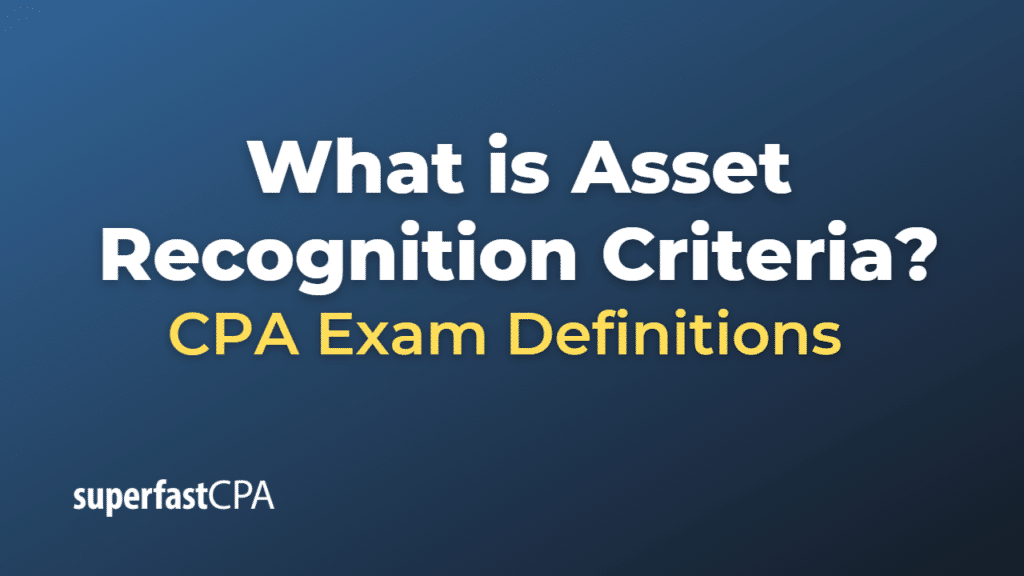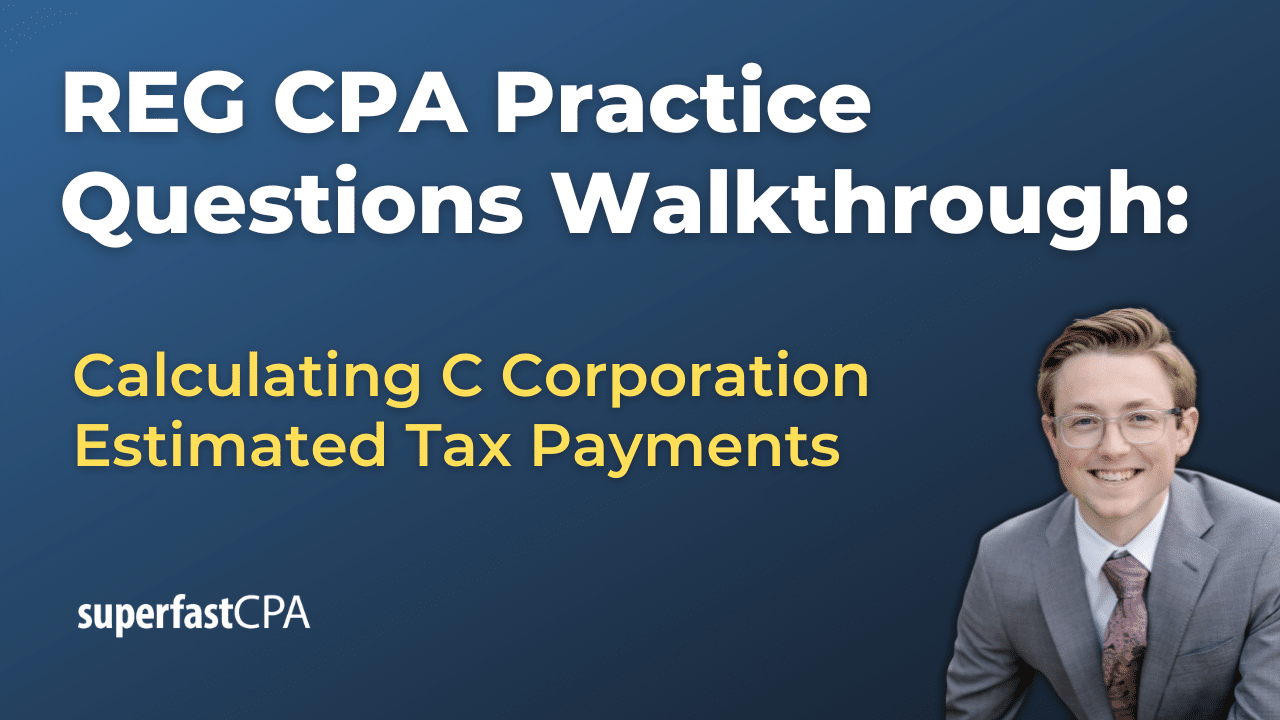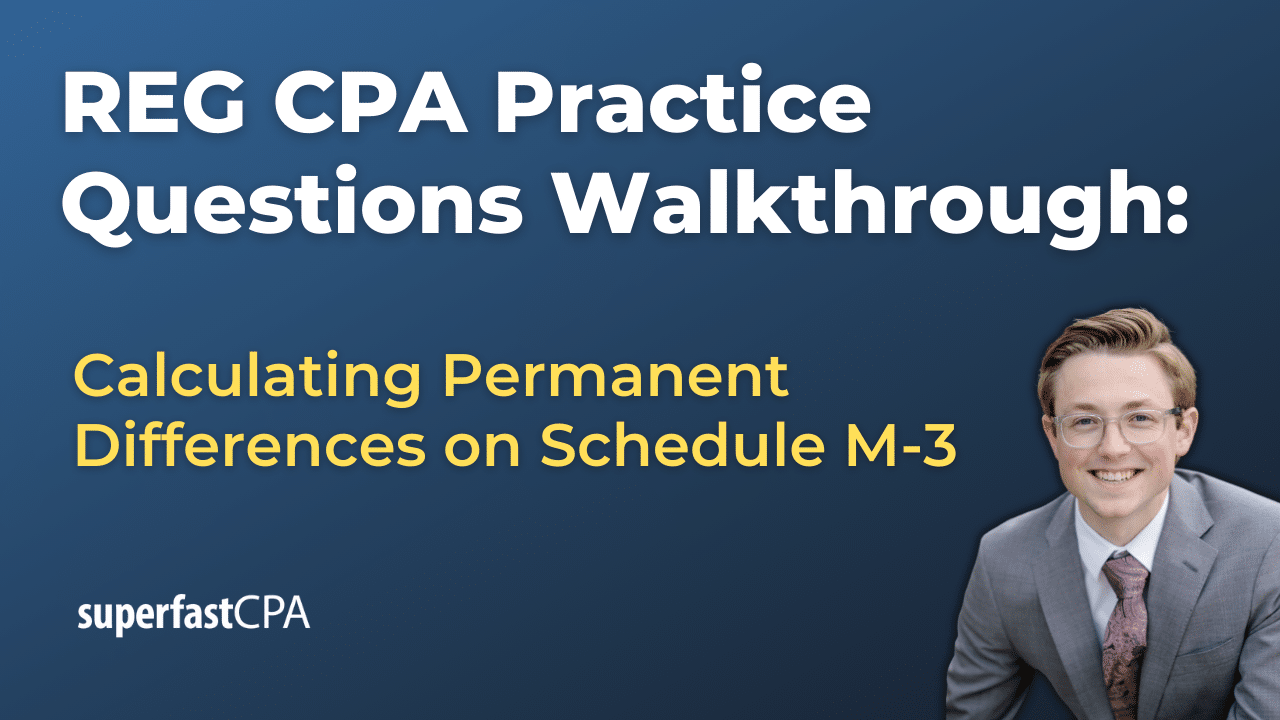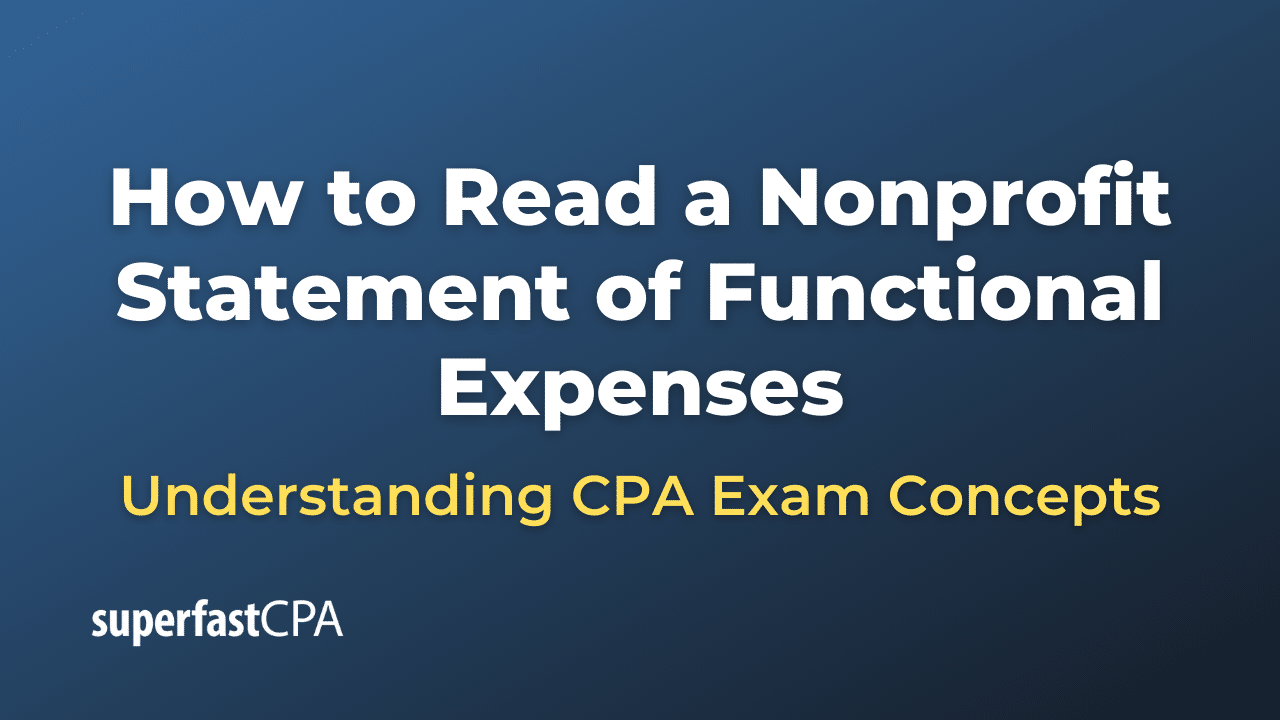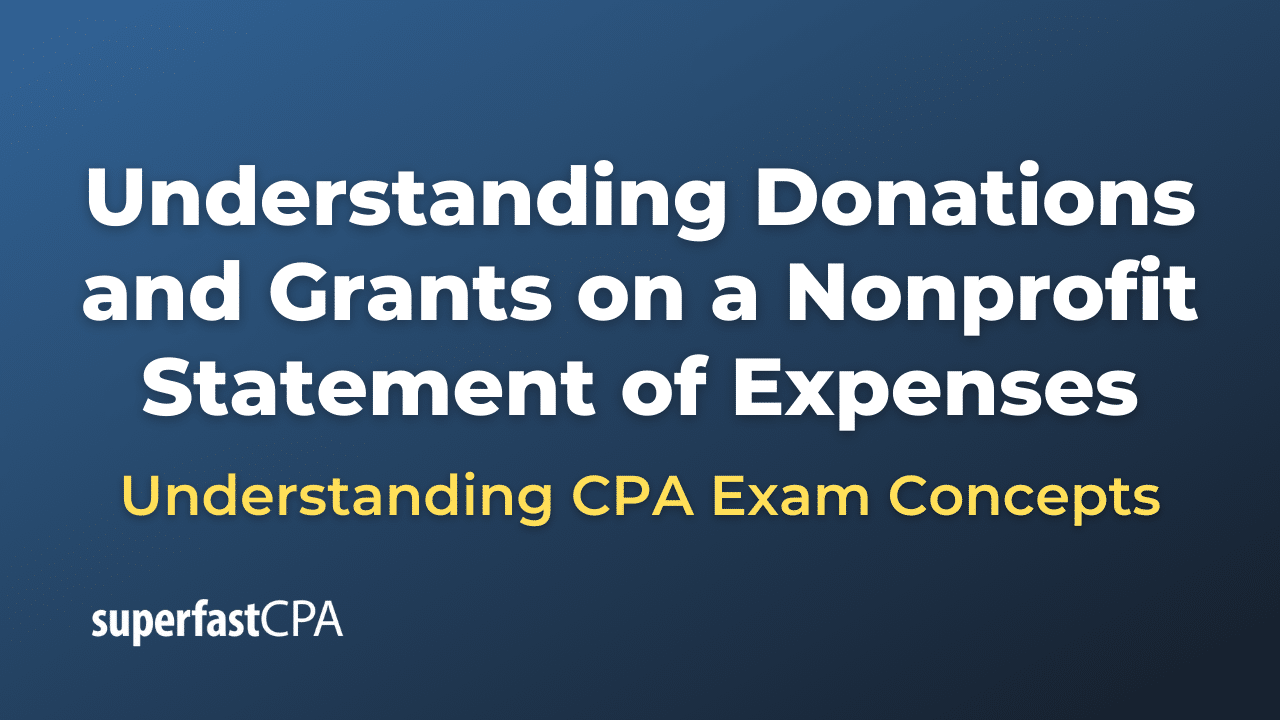Asset Recognition Criteria
Asset recognition criteria are the set of conditions that must be met for an item to be recognized as an asset on an entity’s financial statements. These criteria are based on accounting principles and standards, such as the International Financial Reporting Standards (IFRS) or the Generally Accepted Accounting Principles (GAAP). The primary objective of these criteria is to ensure consistency, comparability, and transparency in financial reporting.
The asset recognition criteria generally include the following conditions:
- Probable future economic benefits: The item must have the potential to generate future economic benefits for the entity, such as generating cash inflows or reducing cash outflows.
- Control: The entity must have control over the resource, meaning it has the ability to restrict access and obtain the future economic benefits associated with the item.
- Cost or value measurement: The cost or value of the item must be measurable with a reasonable degree of reliability. This means that the entity should be able to determine the cost or value of the asset in a consistent and accurate manner.
- Past event: The asset must have arisen from a past event or transaction, such as the purchase of equipment or the development of a product.
If an item meets these asset recognition criteria, it can be recorded as an asset on the entity’s balance sheet. This process is essential in providing accurate and reliable information to stakeholders, such as investors and creditors, who rely on financial statements to make informed decisions.
Example of Asset Recognition Criteria
Let’s consider a manufacturing company that purchases a new piece of machinery to increase production capacity. The machinery meets the asset recognition criteria and can be recorded as an asset on the company’s balance sheet. Here’s how each criterion is satisfied:
- Probable future economic benefits: The new machinery will increase the company’s production capacity, leading to higher sales and, consequently, greater cash inflows. Additionally, the machinery may reduce the production time and costs, improving the company’s overall efficiency.
- Control: The manufacturing company has full control over the machinery, as it has the legal right to use it, restrict access, and benefit from its increased production capacity.
- Cost or value measurement: The company can reliably measure the cost of the machinery, as it has a purchase invoice with the exact price paid. This cost can be used as the basis for recording the machinery’s value on the balance sheet.
- Past event: The purchase of the machinery represents a past event or transaction that resulted in the acquisition of the asset.
As the machinery meets all the asset recognition criteria, it can be recognized as an asset on the company’s balance sheet. The machinery’s cost will be capitalized, and over time, its value will be depreciated to account for its usage and wear and tear.

